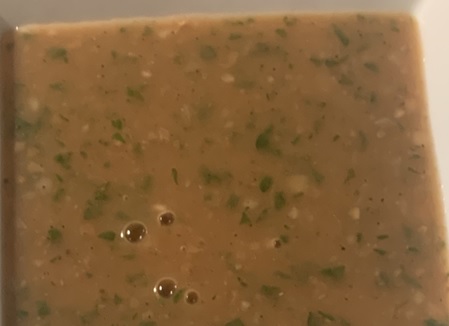Shortly after man discovered he could tame fire, he also learned he could overcook meat – a grilling tradition that has continued well into modern times – necessitating the need to create vessels in which to make a gravy recipe and some time after that, man also discovered cows taste exponentially better than possum and the specific need for a beef gravy recipe was born. True story – maybe.
While time and technology have made the arduous task of making gravy easier, it isn't all that difficult as way make in the Middle Ages, they used beef drippings and a broth in combination with a thickening agent that was typically flour or bread crumbs.
The serious creation of sauces evolved of French cuisine circa the 17th century when they created the five "mother" or base sauces: Béchamel - a white dairy based sauce; Velouté - a white sauce based off white meats such as veal, chicken or fish stocks; Espagnole - a brown sauce from beef stock; Tomato - a red – wait for it – tomato based sauce; and Hollandaise - an egg based sauce. Over time, two other sauces – also originating of French cuisine have been added to the chefiest of resumes: Béarnaise - using a Hollandaise sauce as its base; and Mayonnaise – also an egg yolk based sauce.
The Espagnole or Spanish sauce or brown sauce or beef gravy recipe remains a culinary favorite as its versatility makes it perfect for game meats – to which one need only add mushrooms and wine to create a Hunter's or Chausseur sauce – Yorkshire puddings, mashed potatoes, French fries, poutine, poutine, poutine, roast vegetables, savory bread puddings, bread, open face beef sandwiches and – hungry yet?


 Cook:
Cook: 
